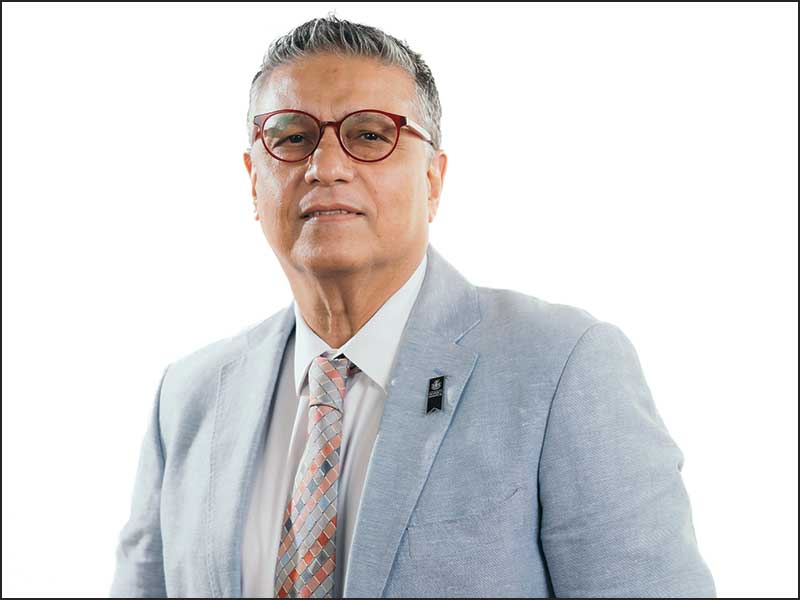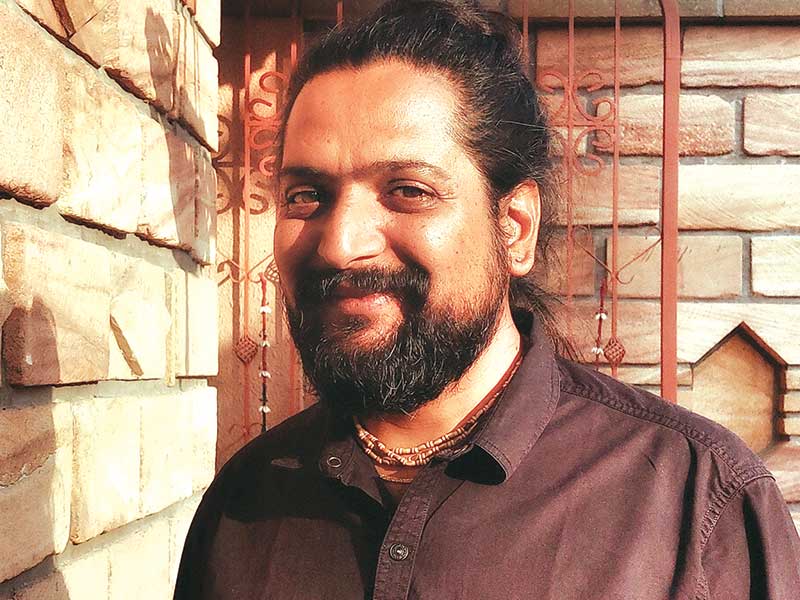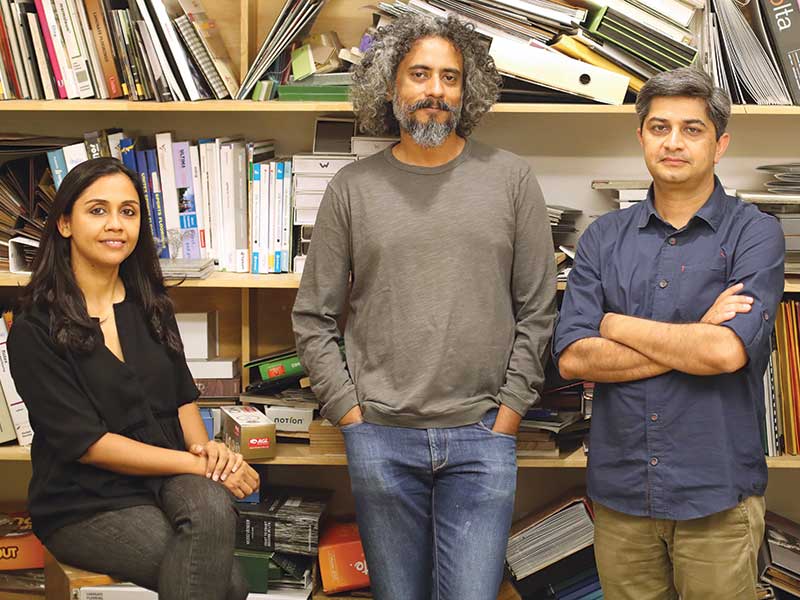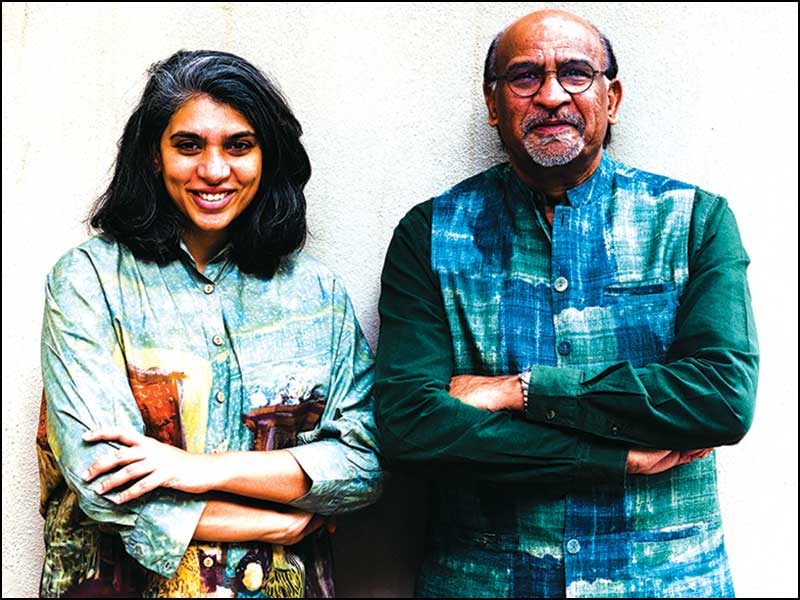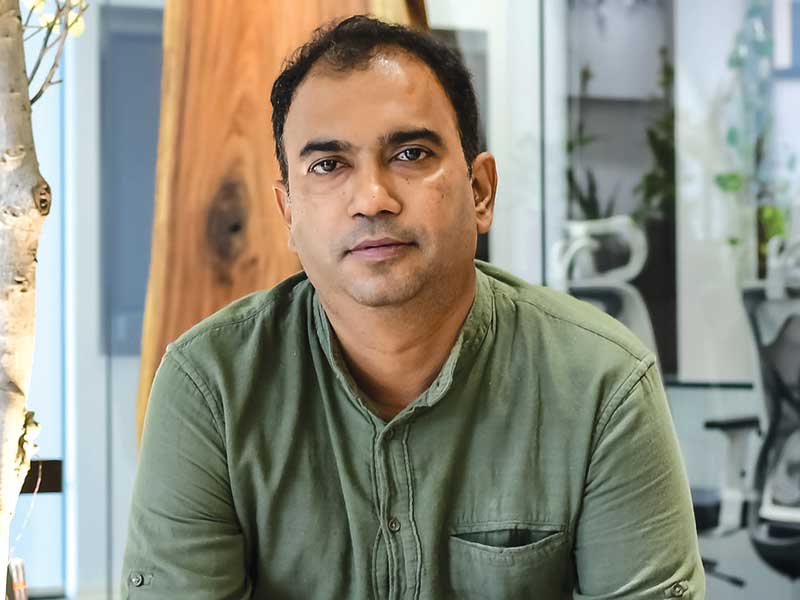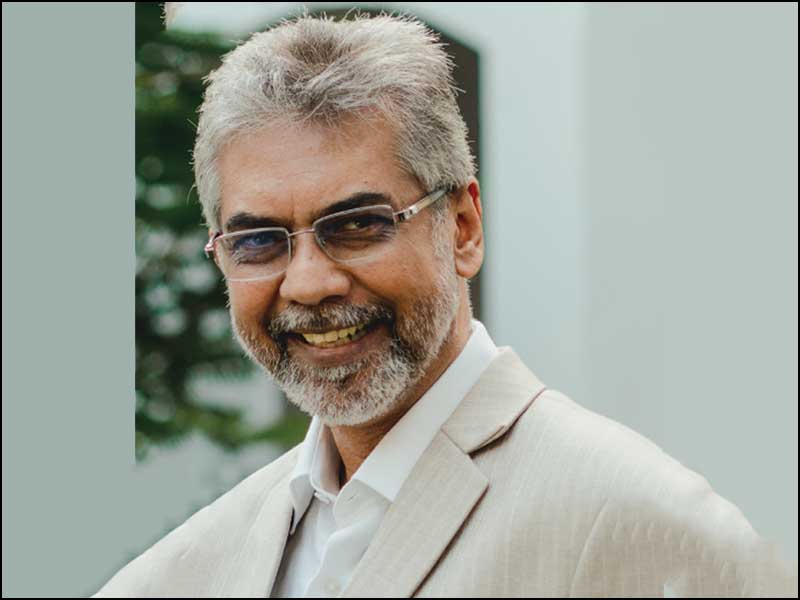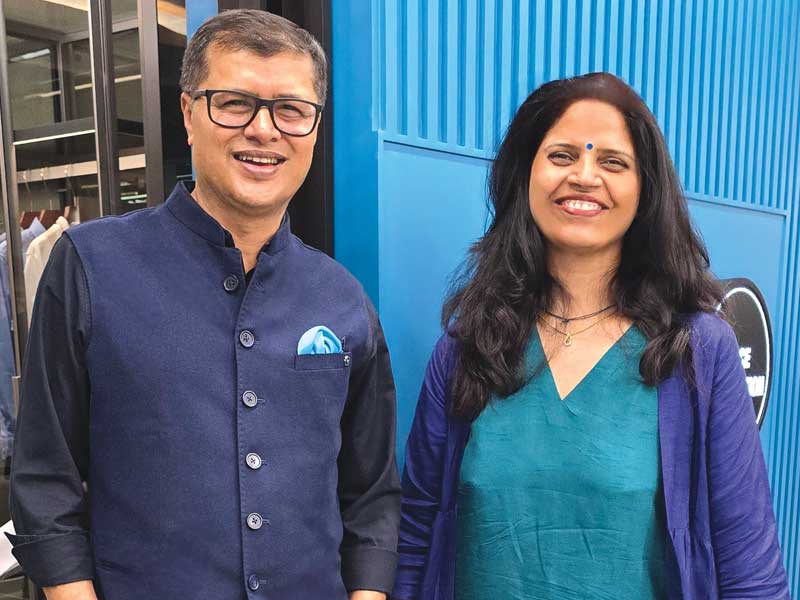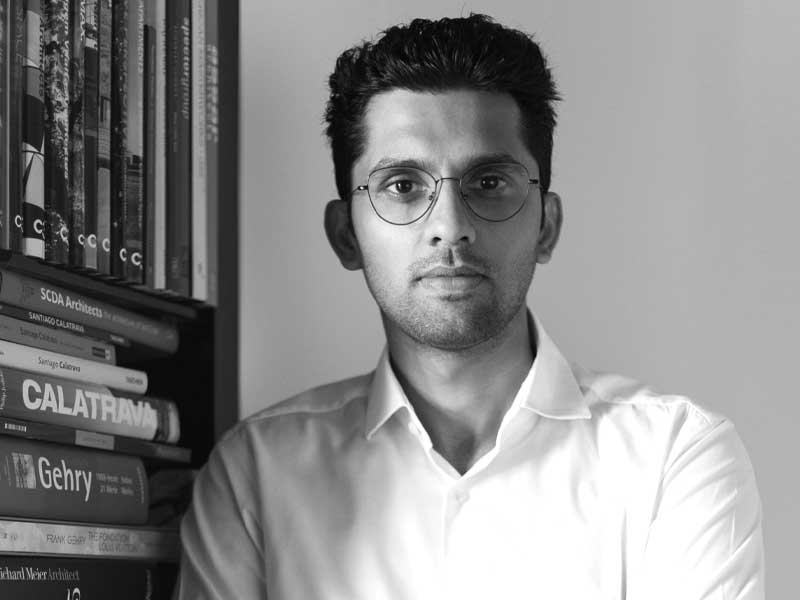
As we are aware, buildings produce an estimated 43% of all carbon emissions. At this time of economic and climatic change, architects need to understand the value of retrofitting and re-architecture. India has a huge body of existing buildings which need to be adopted for the new generations ahead.
India is changing and so are the lifestyles of its people and the scale of projects. Ventures are getting bigger and more ambitious. Educational campuses are mushrooming, and there are more IT campuses, institutional buildings, recreational buildings, shopping malls and hospitals coming up everywhere. There is also a huge need for low-cost housing. We are going to have 700 million people moving into urban areas by 2050. It’s going to be the largest urban migration movement that has ever existed in the history of mankind. There are going to be huge issues and multiple problems. No individual, certainly not the architect alone, can solve that.
There are a lot of great young architects and I am optimistic that we have a critical mass of really good, innovative, environmentally conscious young people who will look after what’s ahead
These last few years, we have seen peculiar and unplanned growth in tier 1 and 2 cities. And often it has resulted in a lot of ugliness. Because what existed before was sensitive to the land, to the climate and there was space around the buildings. Now all that has been destroyed and you have these smaller concrete boxes in the smaller cities and these big glass boxes in the bigger cities which are totally isolated from everything around.
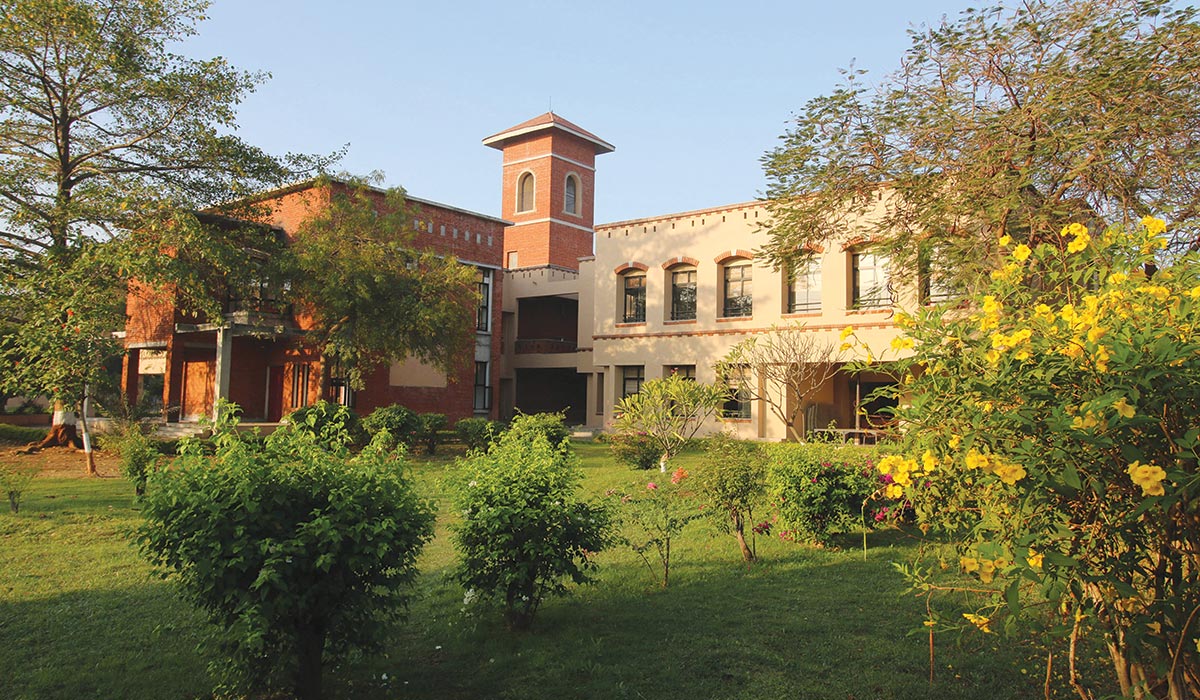
I think the architect is just one part in what all is happening. There is hardly any political will of the bureaucrats and politicians to give that value to the architect. Luckily, these last two decades have brought an awareness of what has gone before us, the value of a sense of place for all of us in the city. We must not lose that, for we need to preserve the historic content of our cities for more than just tourists, but for the people of the city itself. There are a lot of great young architects and I am optimistic that we have a critical mass of really good, innovative, environmentally conscious young people who will look after what’s ahead.

